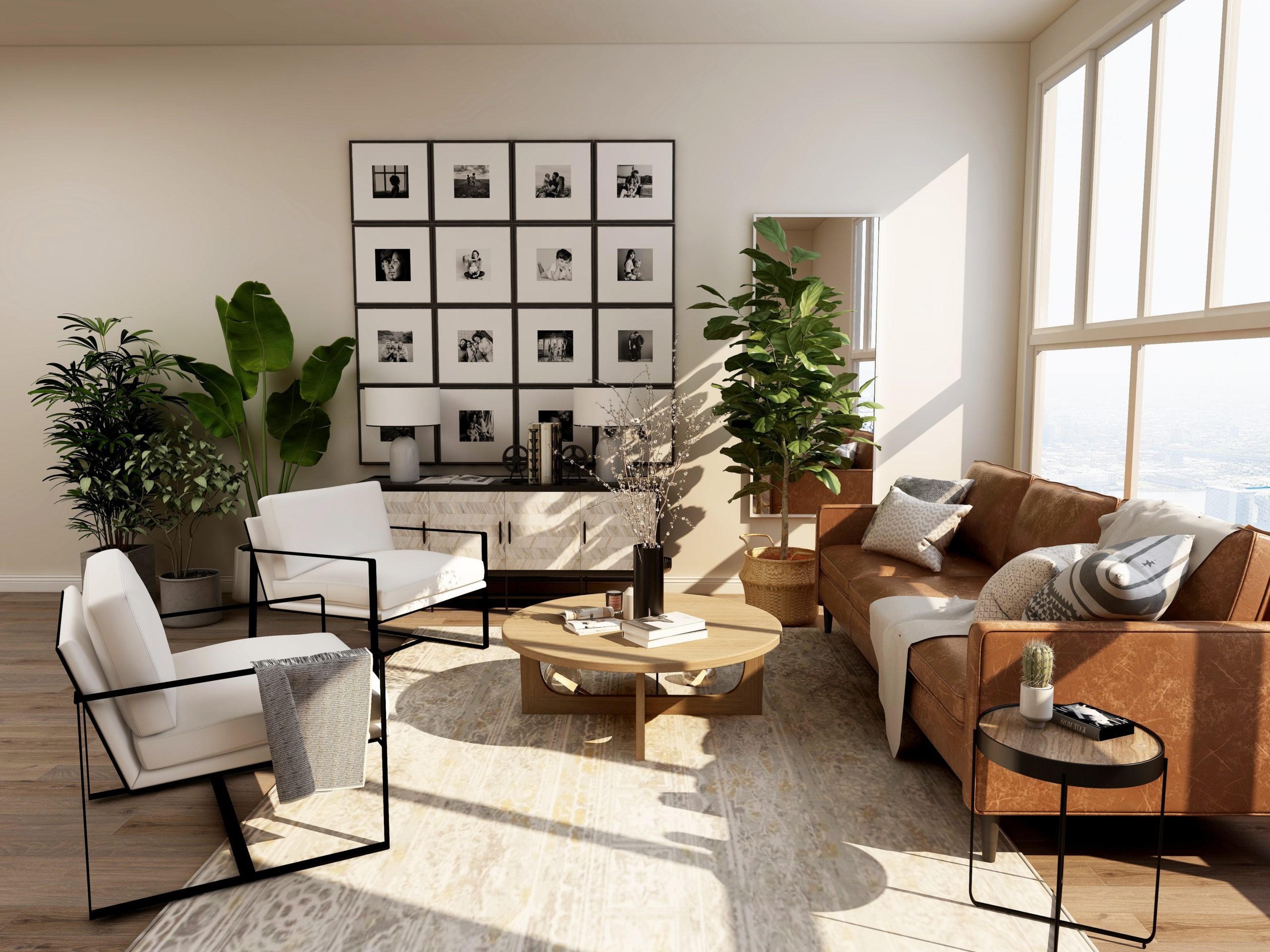Holistic Interior Design is Here to Stay
There’s a trend bubbling… You can see it in your newsfeed as you scroll past minimally decorated bedrooms with crisp white linens, neatly labeled and organized pantries, or crystals decorating the shelves of an office. But, more so, you can feel it – a movement. Holistic design, or mindful design, is here – quite possibly to stay.
What is Holistic Interior Design?
The last two years have made it even more apparent how important it is to have a space, a Haven, to call your own. Somewhere that helps you feel restored, and inspires and energizes you to be your authentic self. At its core, that’s all holistic interior design really is… It’s about promoting optimal wellness for your mind, body, and spirit by creating spaces that help you function at and feel your best.
Holistic Design is not about following trends or leaning on satisfaction from material items, but about connecting a space to the authentic energy and style of the inhabitant.
This design style – or one could even say, lifestyle – is influenced by a handful of other techniques such as biophilic design, minimalism, lighting design, color psychology, and Feng Shui. To completely understand it, let’s break each of these categories down.
Biophilic Design
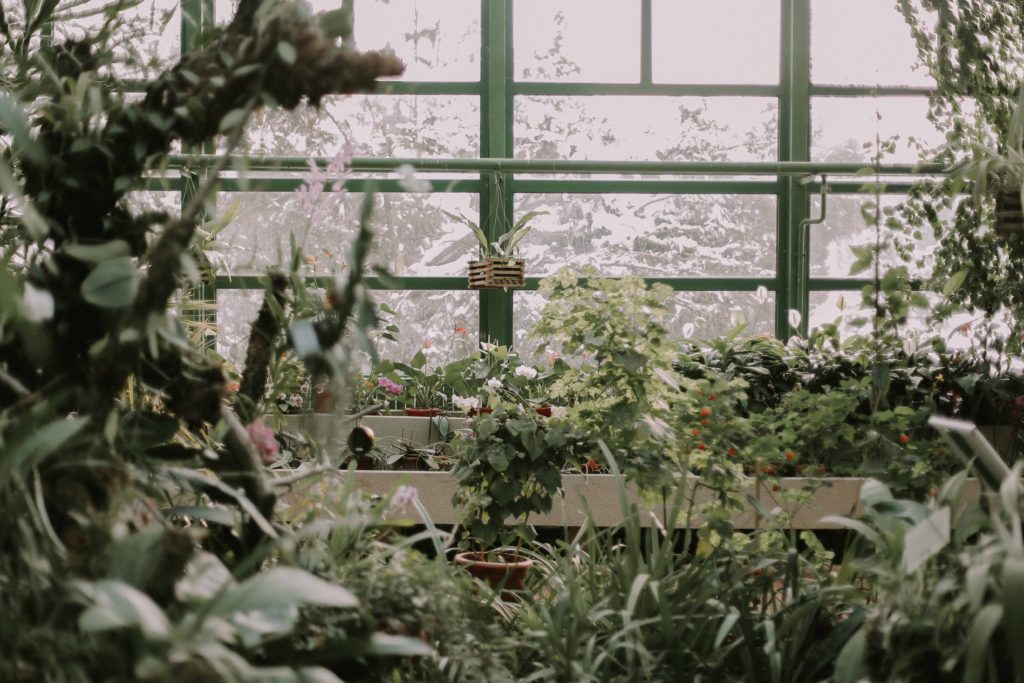
This style of design can easily be described in its name alone. Biophilia is a person’s love of nature – it’s someone who is drawn to nature and prefers to be closely associated with it. Biophilic design is a style of architecture and interior design that promotes this oneness with nature, and improves wellbeing as a result. Incorporating elements of biophilic design can reduce stress, as well as increase productivity and creativity. Improved air quality, natural lighting versus artificial, environmental elements like plants, natural textures and colors, as well as architectural features that allow the outside to come “in” are all examples of biophilic design.
Minimalism
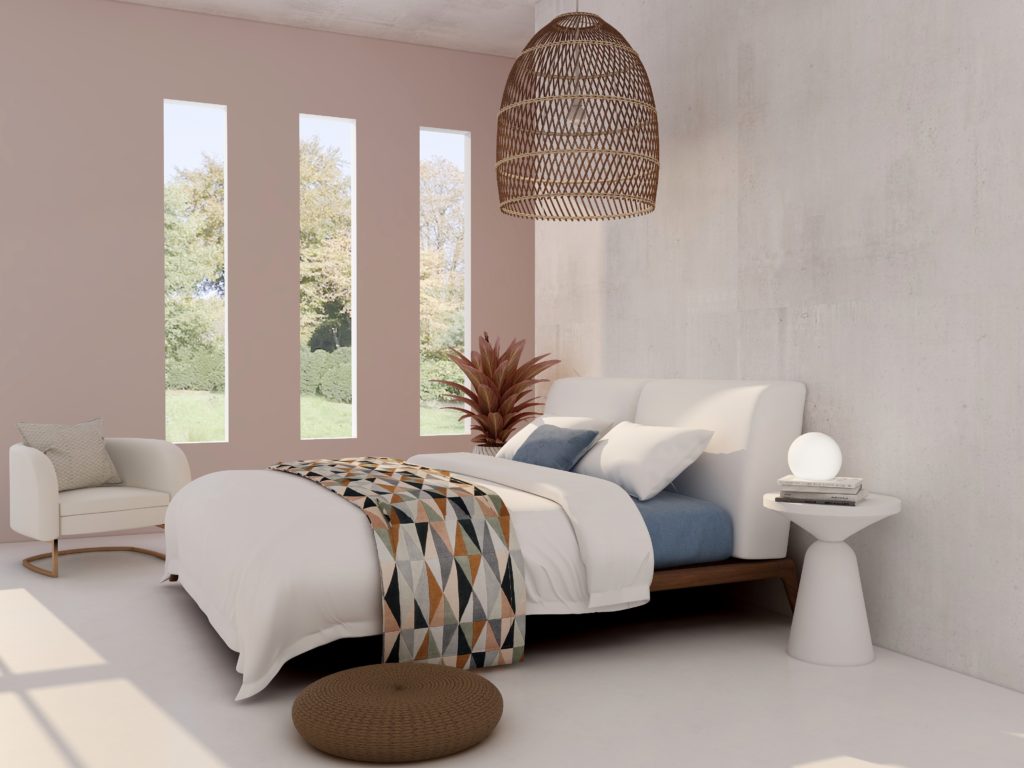
This is another design style that speaks for itself. With the name minimalism, what might come to mind is the tiny home movement, or living with something like one pot, or one pair of shoes. Yes, these are extreme versions of minimalism – which does mean “less is more” – however, it doesn’t have to be so serious. Simply editing back can make any busy or loud interior feel a lot less intense. Minimalist editing allows architectural features to sing, and when it comes to décor the designs tend to be focused more on function and longevity than maximalist decorating.
Feng Shui
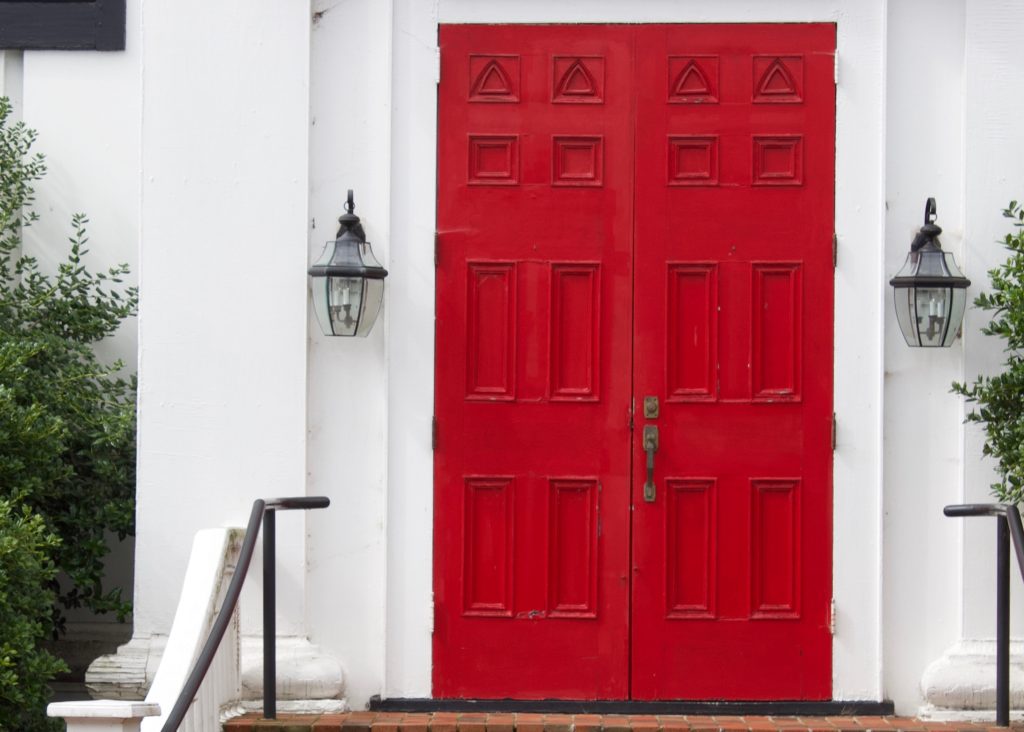
Feng Shui is an ancient mindfulness practice that harnesses the energy of a home and its surrounding environment to improve the wellbeing of the occupant. Focusing on energy flow, Feng Shui consultants will advise their clients on how to arrange furniture, where to place certain décor items, and how to set mindful intentions for enhancing particular areas of their life. It’s very much a practice of marrying the physical and the unseen to therefore improve the lives of the people receiving daily energy from a space.
Color Psychology
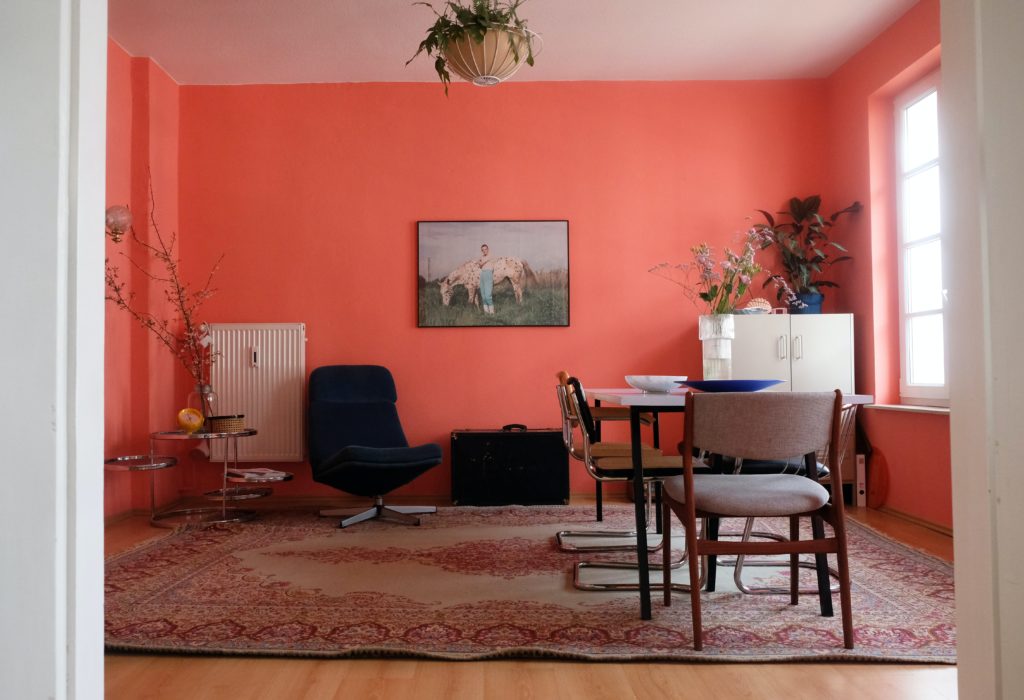
Perhaps more commonly mentioned in marketing classes at university, color psychology is also an element of design. People perceive and feel colors differently. While one person may have an affinity for black, another may prefer more natural tones. Beauty is in the eye of the beholder, and that’s why color psychology is so important for holistic design. When designing a bedroom, for example, colors that make you feel calm may be energizing to another person. (Stay tuned for my color psychology quiz to find out how certain colors affect you!)
Lighting Design
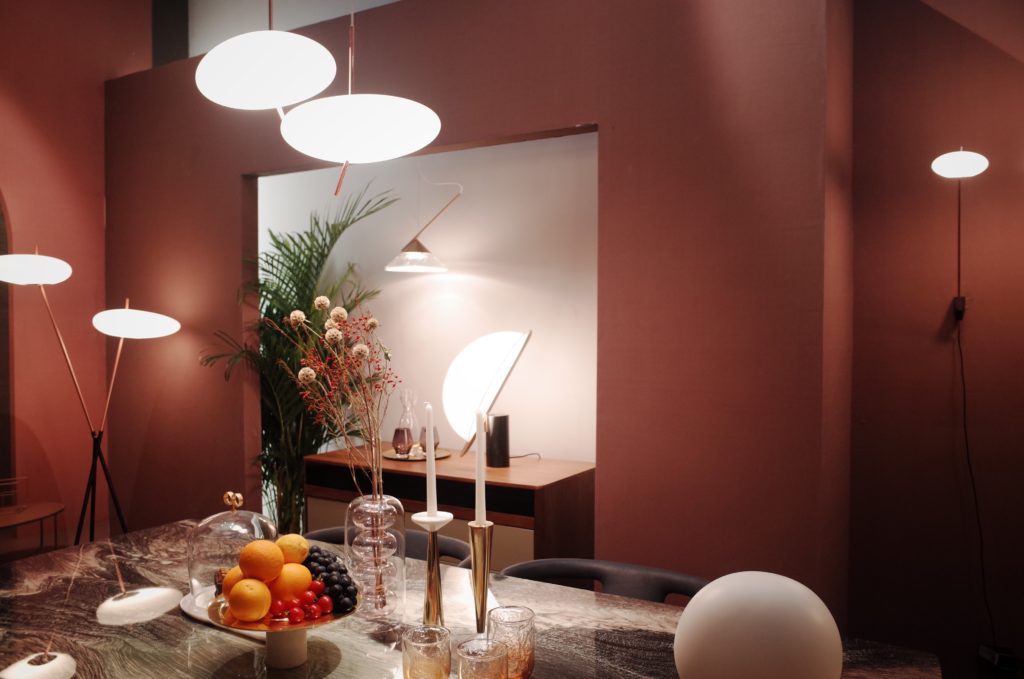
Last up is lighting design – yes it’s a thing. In fact, it’s a profession! Properly lit spaces can alter your opinion of a room, from making it appear larger or more intimate to energizing or calming your mood. When we think about creating supporting spaces, lighting plays an important role. Harsh overhead lighting in a bedroom does not set the tone for relaxation, while a small dark lamp in an office is less than inspiring or productivity boosting.
Holistic interiors support their occupants by incorporating design elements that focus on improving a person’s wellbeing, as well as satisfying their authentic code. They take into consideration how a person uses a space – think lighting design and minimalism. They incorporate energetic and natural elements – think Feng Shui and Biophilic Design. Most importantly, they make the person feel at home. And, as this movement toward creating more harmonious and mindful spaces grows, we’ll see this trend really take root and grow.
Ready to create your holistic space? Let’s connect for a free, 30 minute Discovery Call. Or, stay tuned for more ways to add holistic design elements to your space by following me on social media and joining the Club Haven Newsletter.
